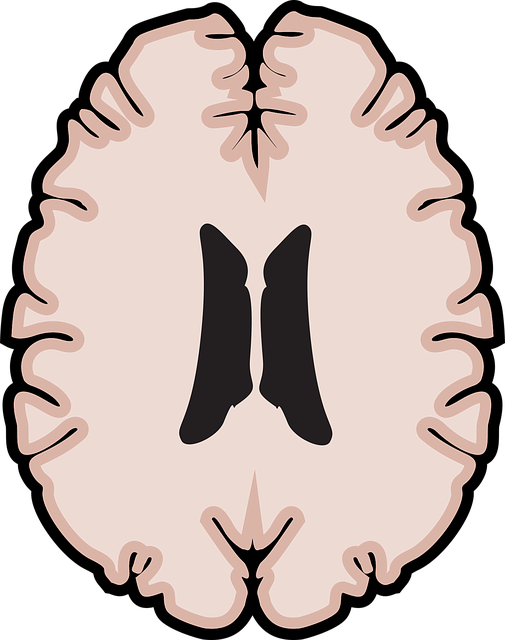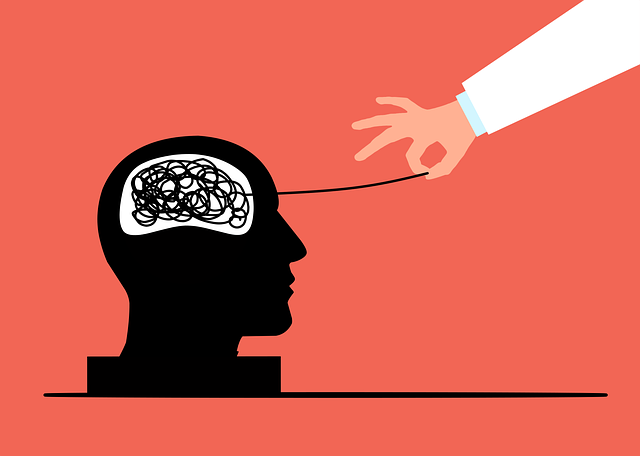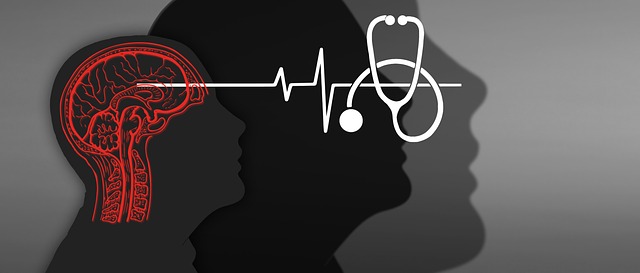Public awareness campaigns for Therapy for Adults and Couples Counseling are key to destigmatizing mental health conversations and improving community well-being. By identifying target audiences, counselors can tailor messaging and services like compassion cultivation practices and journaling exercises. Effective communication highlights emotional healing processes, reduces stigma, and promotes early intervention. Combining online (social media, SEO) and offline (events, workshops) strategies ensures broad reach and builds trust. Campaign evaluation should focus on behavior change and long-term mental health impacts, using KPIs such as therapy-seeking rates, perception shifts, and coping strategy adoption.
Public awareness campaigns play a pivotal role in promoting mental health services, particularly therapy for adults and couples counseling. This article delves into the multifaceted development of such campaigns, guiding professionals in reaching targeted audiences effectively. We explore strategies for crafting compelling messages that resonate with diverse groups, selecting optimal distribution channels between online and offline platforms, and establishing metrics to measure campaign success. By understanding these key elements, therapists can enhance their outreach efforts, fostering greater accessibility to essential counseling services.
- Understanding Public Awareness Campaigns: Their Role and Impact
- Identifying Target Audiences for Effective Counseling Outreach
- Crafting Compelling Messaging: Strategies for Adult and Couple Relationships
- Choosing the Right Channels: Online vs Offline Campaign Distribution
- Measuring Success: Evaluation Metrics for Therapy Awareness Initiatives
Understanding Public Awareness Campaigns: Their Role and Impact

Public awareness campaigns play a pivotal role in educating and engaging communities on various issues, including mental wellness. These initiatives are designed to create a collective understanding and foster positive change. By leveraging strategic communication, they can significantly impact individuals’ lives, encouraging them to seek therapy for adults or couples counseling when needed. The goal is not just to raise awareness but also to destigmatize conversations around mental health, which is essential for promoting well-being on a societal level.
In today’s fast-paced world, these campaigns are more crucial than ever before. They provide a platform to highlight effective stress reduction methods and confidence-boosting strategies that can be adopted by people from all walks of life. Through targeted messaging, they reach out to individuals who might otherwise have remained unaware of available resources, such as counseling services, ultimately contributing to improved public health and happiness.
Identifying Target Audiences for Effective Counseling Outreach

Identifying target audiences is a pivotal step in designing effective counseling outreach for therapy for adults and couples counseling. Understanding the unique needs and challenges faced by different demographics allows counselors to tailor their approaches, ensuring meaningful connections with potential clients. For instance, while general stress management strategies might appeal to working professionals, intergenerational trauma healing techniques would better serve individuals from traumatic backgrounds.
By segmenting audiences, counselors can offer relevant services such as compassion cultivation practices and mental wellness journaling exercise guidance. This personalized outreach not only increases the likelihood of engagement but also fosters deeper connections, enhancing the overall mental wellness of targeted communities. Recognizing and addressing specific needs through targeted campaigns is key to successful counseling initiatives.
Crafting Compelling Messaging: Strategies for Adult and Couple Relationships

In the realm of public awareness campaigns, focusing on adult and couple relationships through compelling messaging is a powerful strategy. Effective communication that targets emotional well-being can significantly impact mental health initiatives. For instance, promoting open dialogue in relationships encourages individuals to seek therapy for adults or couples counseling, which is essential for navigating life’s challenges. By highlighting the benefits of these therapeutic processes, campaigns can reduce the stigma associated with seeking help and encourage early intervention for issues like anxiety relief and depression prevention.
Crafting messages that resonate with various audiences involves understanding the unique emotional healing processes of both individuals and couples. A well-structured campaign should emphasize the positive outcomes of therapy, such as improved communication skills, enhanced conflict resolution strategies, and better coping mechanisms. This approach not only promotes mental wellness but also fosters healthier, more supportive relationships, ultimately reducing the burden on society’s healthcare systems.
Choosing the Right Channels: Online vs Offline Campaign Distribution

In today’s digital age, the development of public awareness campaigns requires a strategic approach to reaching the target audience, whether through online or offline channels. When designing a campaign for therapy services like adults and couples counseling, it’s essential to consider the preferences and behaviors of your potential clients. Online platforms offer immense reach and accessibility, allowing for direct engagement with individuals seeking mental wellness support. Social media, search engine optimization, and targeted digital advertising can effectively spread awareness about available resources, such as trauma support services and mental wellness journaling exercises. By leveraging these channels, campaign creators can educate the public on various aspects of mental health, including the benefits of professional counseling.
On the other hand, offline campaigns have their unique advantages, especially when appealing to different demographics or those less active online. Events, workshops, community gatherings, and partnerships with local organizations can facilitate direct interaction and build trust. For instance, a mental wellness podcast series production could attract listeners who prefer audio content or those in remote areas with limited internet access. Combining both online and offline strategies ensures that the campaign reaches a broader spectrum of individuals, ultimately increasing awareness about therapy options like couples counseling and fostering a supportive environment for mental wellness journeys.
Measuring Success: Evaluation Metrics for Therapy Awareness Initiatives

Evaluating the success of public awareness campaigns for therapy is paramount to understanding their impact and identifying areas for improvement. Metrics should go beyond mere reach and engagement, delving into the behavior change and long-term effects on mental health. Key performance indicators (KPIs) could include tracking the number of individuals seeking therapy, particularly among targeted demographics, after campaign exposure. This can be measured through surveys or increased counseling session bookings.
For instance, initiatives focused on depression prevention might measure changes in public perceptions about mental health and willingness to seek help through pre- and post-campaign surveys. Stress management workshops organized by mental health organizations could assess participant satisfaction and the adoption of learned coping strategies for stress reduction over a defined period after the workshop. Resilience-building programs can similarly gauge improvements in emotional regulation and problem-solving skills using standardized assessments.
Public awareness campaigns play a pivotal role in promoting mental health and encouraging individuals to seek therapy. By understanding target audiences, crafting compelling messages tailored to adult and couple relationships, and utilizing both online and offline channels effectively, we can significantly enhance the reach and impact of these initiatives. Measuring success through evaluation metrics ensures that our efforts translate into tangible improvements in access to counseling services. Ultimately, increasing awareness about therapy for adults and couples is a vital step towards fostering healthier communities.








